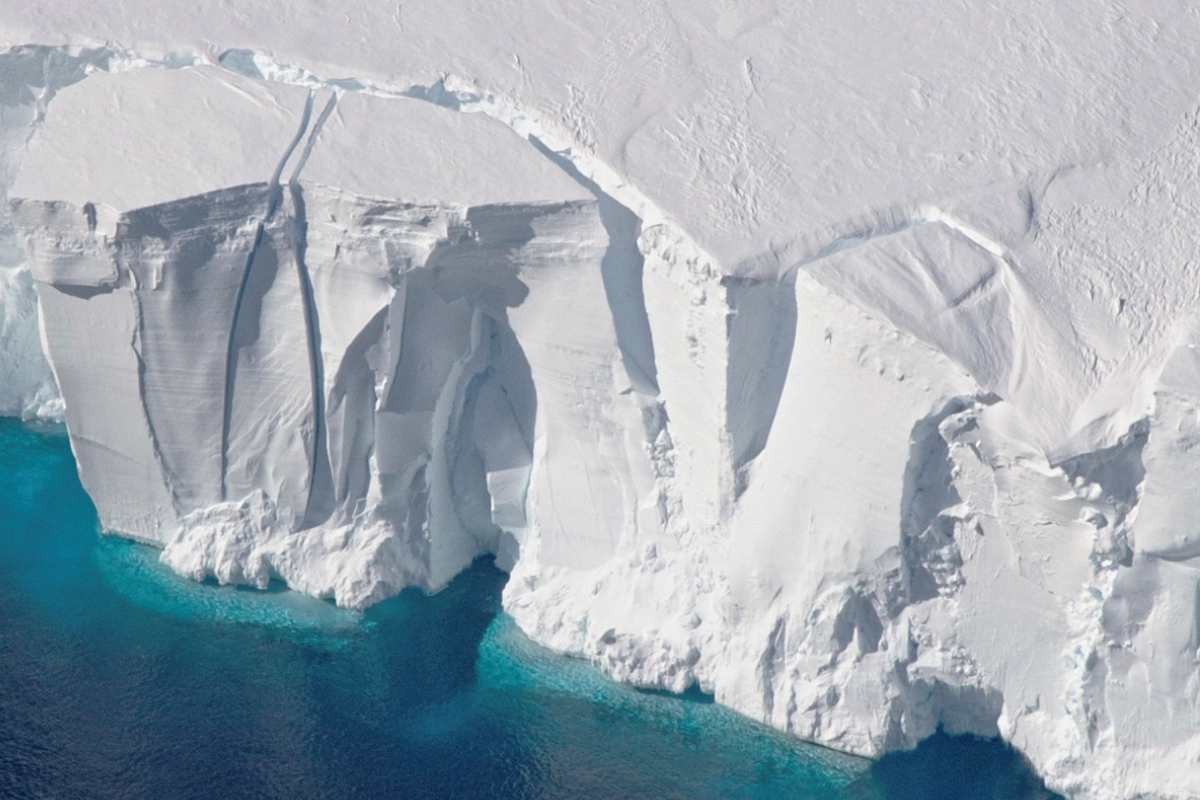Vamsi
New Member
- Joined
- Jun 27, 2020
- Messages
- 4,858
- Likes
- 29,461
This is Prometheus engine of ESA
Thrust : 980KN (100 tons)
Gas Generator cycle

Prometheus (specs similar to ISRO's Methalox engine)

Ariane-Next ( similar to NGLV)
similar specs to that of our proposed Methalox engine.... Prometheus will be used on ESA's Ariane-Next LV in 2030s.....so our NGLV & ESA's Ariane-Next will be in direct competition to each other
@Indx TechStyle @SavageKing456 @Swesh
Thrust : 980KN (100 tons)
Gas Generator cycle
Prometheus (specs similar to ISRO's Methalox engine)
Ariane-Next ( similar to NGLV)
similar specs to that of our proposed Methalox engine.... Prometheus will be used on ESA's Ariane-Next LV in 2030s.....so our NGLV & ESA's Ariane-Next will be in direct competition to each other
@Indx TechStyle @SavageKing456 @Swesh

